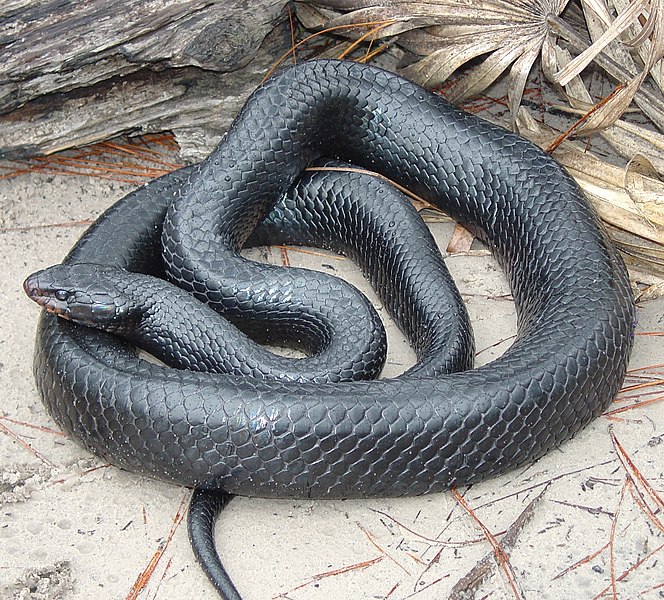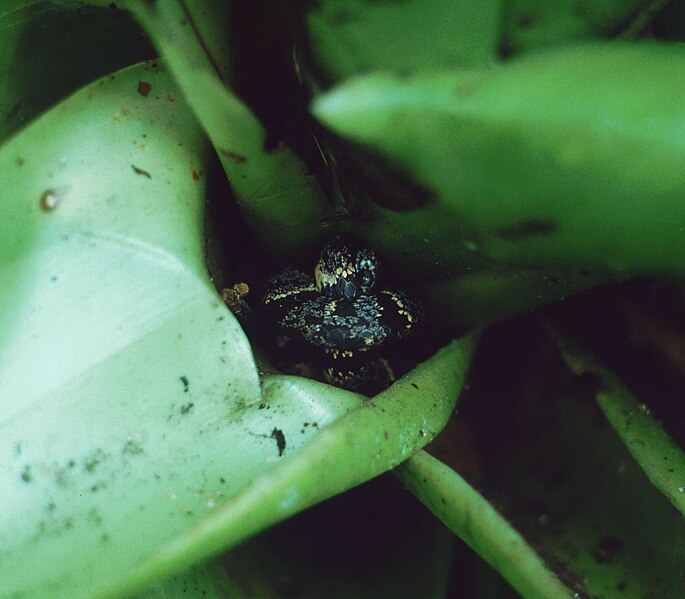The St. Lucia Racer or Ornate Ground Snake, Liophis ornatus, has the unenviable distinctions of being both the world’s rarest snake and the species with the smallest range…it may even be the rarest creature on the planet. The entire population – 11 individuals at last count – is confined to a 30 acre Caribbean island off St. Lucia.
Ever since reading Archie Carr’s wonderful books as a child, I’ve been drawn to the Caribbean’s islands and coastlines. As luck would have it, I eventually found myself working at Tortuguero, Costa Rica – the very site where much of his ground-breaking Green Turtle research was done. There I became hooked on the region’s fantastic array of creatures, and endeavored to become familiar with as many as possible. In time, I tagged Leatherback Sea Turtles on St. Croix, collected Bahaman Brown Racers, Alsophis vudii, on several islands, and vowed to find again a large, flying Mole Cricket that once stopped me in my tracks on St. Lucia. Unfortunately, Caribbean animals suffer some of the world’s highest extinction rates. In fact, the St. Lucia racer was “officially extinct” for nearly 40 years. Happily, we now know that it still holds on…but just barely. Read More »
 That Reptile Blog – Reptile, Amphibian and Exotic Pet Care and Information
That Reptile Blog – Reptile, Amphibian and Exotic Pet Care and Information





